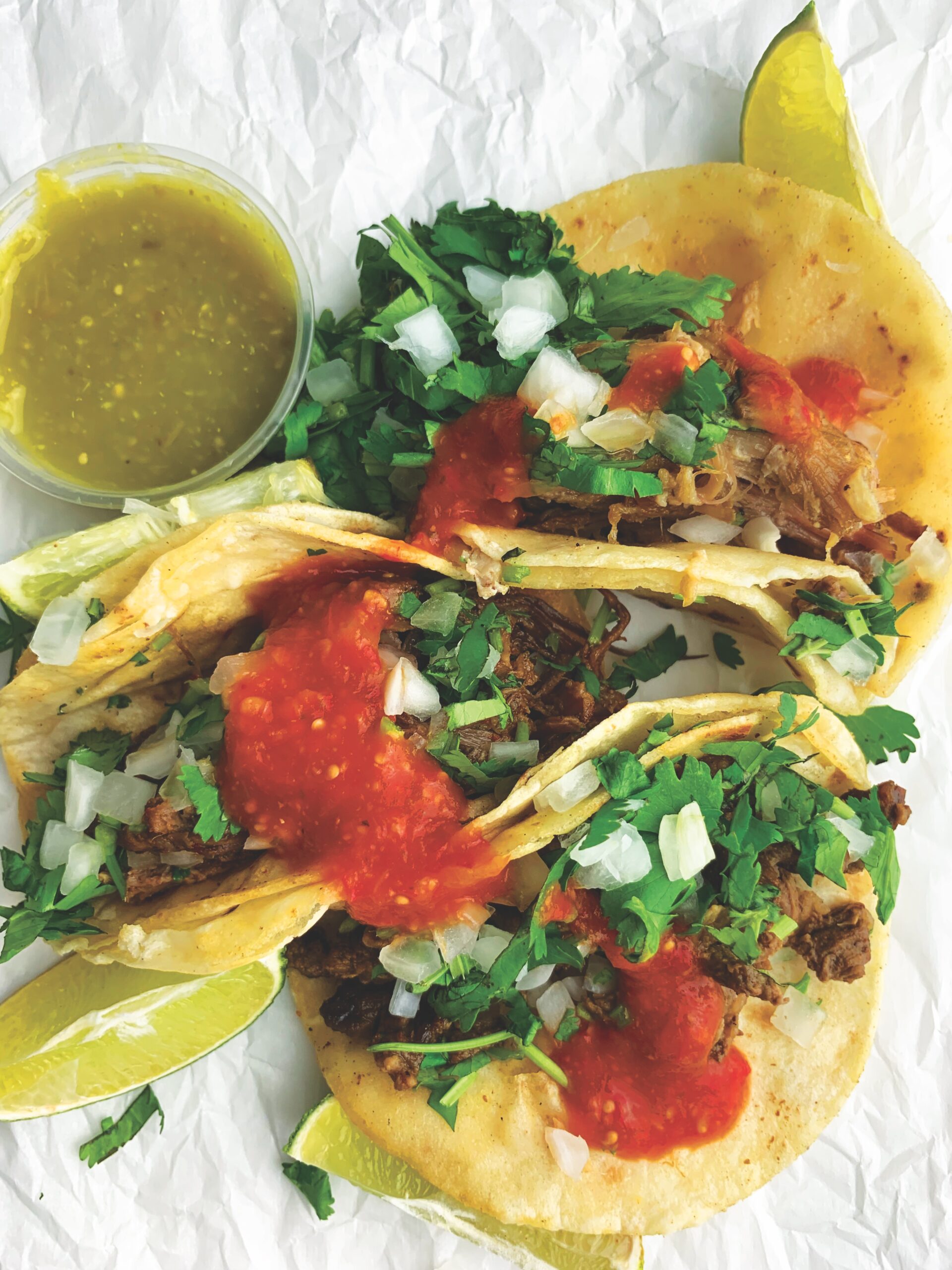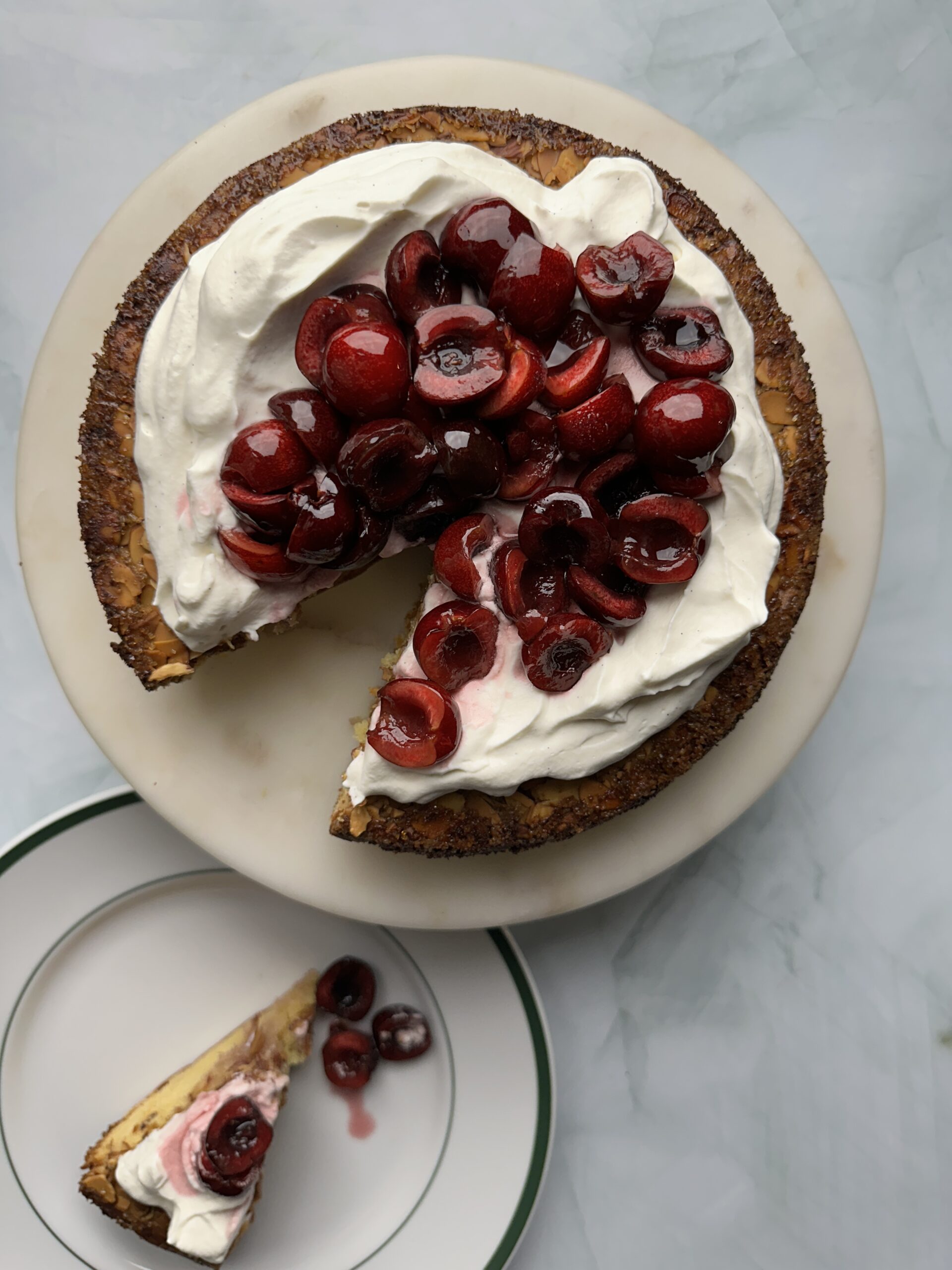In this month’s column, I want to give an enthusiastic shout-out to Virginia Wines. I had not tasted various Virginia reds and whites yet until recently, I hadn’t been much of a fan. Last year, though, I received a bottle of a 2017 Merlot-based blend called Rise. It was the flagship wine made by Early Mountain Vineyards, a winery near Charlottesville owned by AOL founder Steve Case and his wife, Jean. It was a stunning wine; impeccably well-balanced, lushly textured, and full of tasty dark fruit, cedar and earthy flavors. It’s expensive, but it demonstrated to me that I need to pay closer attention.
So, when one of my sons tied the knot this June in Charlottesville, I was excited to taste more wines from the area, especially with a newly expanded and enthusiastic family crowd. This is what wine is all about!
The day before the wedding, about 20 of us traveled to three area wineries so the two families could get better acquainted and have some fun together. I reserved the tastings and arranged for a tour service to transport our group in a comfortable bus.
The scenery was out of a travel magazine, the skies were sunny and blue, each winery was welcoming and accommodating, and the wines were varied, tasty, and refreshing.
In and Around Charlottesville
I’m a fan of Charlottesville, which is about a two-hour drive southwest from Washington, D.C. Charlottesville is famous for being home to Thomas Jefferson and the University of Virginia (UVA), which he founded.

The Wineries
The wineries and vineyards we visited were just south of Charlottesville, on the Monticello Wine Trail. (See sidebar.)
The first place we visited was Blenheim Vineyards, a farm and winery owned by musician Dave Matthews and his family. Matthews takes his venture seriously, working closely with his vineyard manager and winemaker, designing the indoor and outdoor tasting areas, and creating his wines’ humorous and colorful bottle labels. The tasting areas look onto vineyards and a splendid panorama of the Blue Ridge Mountains. We tasted several wines, including two whites, a red, and rosé. I liked them all, but the consensus favorite was a delicious blend of chardonnay, sauvignon blanc, grüner veltliner, and viognier named “Painted White.”
The second winery we visited was Mt. Ida Farm and Vineyard, part of Mt. Ida Reserve, a 2,500-acre estate owned by former communications industry executive Tom Sullivan. The tasting area is part of a modern lodge with multiple rooms and patios that’s also a restaurant and wedding and events destination that overlooks acres of beautiful woodlands and the Blue Ridge Mountains in the distance. We tasted the Bell Mount Rosé as well as Moonlight Red and Moonlight White, merlot and sauvignon blanc based blends. They were tasty, though not particularly memorable, wines that would do quite well for events. We did not have an opportunity to taste the winery’s award-winning chardonnay, viognier, Meritage, and tannat wines.
The third location was Eastwood Farm and Vineyard, a smaller, more rustic, though cheerful venue set against a wooded hillside. We tasted Eastwood’s Blanc de Blanc sparkling, Meritage red blend, and viognier wines. The Blanc de Blanc and Meritage wines were Virginia Governor Gold Medal winners. All three wines were keepers, although the superlative and festive sparkling wine was the real crowd-pleaser. as well as Moonlight Red and Moonlight White, merlot and sauvignon blanc based blends. They were tasty, though not particularly memorable, wines that would do quite well for events. We did not have an opportunity to taste the winery’s award-winning chardonnay, viognier, Meritage, and tannat wines.The third location was Eastwood Farm and Vineyard, a smaller, more rustic, though cheerful venue set against a wooded hillside. We tasted Eastwood’s Blanc de Blanc sparkling, Meritage red blend, and viognier wines. The Blanc de Blanc and Meritage wines were Virginia Governor Gold Medal winners. All three wines were keepers, although the superlative and festive sparkling wine was the real crowd-pleaser.

Getting a Fix on Virginia Wine
Wine has become a significant and growing business in Virginia, generating about $2 billion in revenue and employing over 10,000 people in agriculture, winemaking, food service and tourism. Virginia winemakers produce over 600,000 cases yearly, making it the fifth-largest wine producer after New York. (The others are California, Washington and Oregon.) Vineyards and wineries are now in nearly every part of the state. There are about 300 wineries in ten wine regions that include eight AVAs (American Viticultural Areas). However, over 200 of the wineries are located in five regions that stretch across the western edges of the state. Virginia’s best wines arguably come from these areas, where the climate, and soils are perhaps the most suitable for growing many kinds of grapes in the Eastern half of the United States.
Although winemaking has a long history in Virginia, significant viticulture didn’t get underway in Virginia until the 1980s. In the early 1600s, British authorities required Virginia’s settlers to plant European grapevines to make wine that might be shipped back to Britain. (There were native grapes, but they made lousy wine.) The transplanted vines failed. Most famously, Thomas Jefferson, who made his home Charlottesville, tried and repeatedly failed to grow vineyards and make quality wine.
Curiously, it’s only in the last 20 years that viticulture in the state has advanced to the point where many wineries now make serious, outstanding wines. Before then, there were relatively few wineries in the state and only a handful of skilled, well-trained vineyard managers and winemakers. Many are attracted to Virginia because of relatively favorable start-up economics and a free-wheeling, innovative winemaking environment.
Trying and Buying Virginia Wines
Unfortunately, Virginia wines can be hard to find outside the commonwealth, and the few available in your local wine stores may not be the best. I encourage wine lovers to try these wines when available. But you might need to buy online or directly from a Virginia winery or wine club, assuming the seller is certified or licensed to ship wine legally where you live. Even better, if you’re planning a trip to Virginia or one that takes you on route 81 as it skirts the Blue Ridge Mountains, consider a side trip to visit a few of the more than 250 wineries in the central and northern parts of the commonwealth. You’ll find an astonishing variety of red, white, and rosé wines, along with some impressive sparkling wines. Also, the countryside is beautiful and historic with many old and interesting towns and important buildings and landmarks. There’s plenty to do and see as well as to eat and drink.
Monticello Wine Trail
The Trail has a very helpful website with links to each winery and customizable route maps. A few other notable and popular Monticello Wine Trail wineries are Early Mountain Vineyards, Barboursville Vineyards, Keswick Vineyards, Jefferson Vineyards, King Family Vineyards, Gabriele Rausse Winery, Michael Shaps Wineworks, Pippen Hill Farm and Vineyards, and Horton Vineyards. In the North Virginia region near Front Royal, consider RDV Vineyards, Linden Vineyards, and Boxwood Vineyards.
The Grapes of Virginia
One outcome is the great diversity in vines planted, driven by efforts to identify grapes that will thrive and produce delicious wines. Red grapes include Bordeaux or Meritage, merlot, cabernet sauvignon, cabernet Franc, petit verdot, and malbec. (Meritage is a trade name licensed to winemakers by the Meritage Alliance.) Others include chambourcin, pinot noir, syrah, nebbiolo (used to make barolo and barbaresco in Italy), and norton, an American varietal developed in the early 19th century from wild grape vines native to Virginia. Norton produces hearty, substantive wines and is used to add richness to red blends. Another unusual varietal is tannat, originally from France but thriving in Virginia. Its wines are rich and tannic with plum and smokey flavors.
White grape varieties commonly grown in Virginia are viognier (now the official state grape), chardonnay, petit manseng, gewürztraminer, and traminette (an American-developed varietal that makes deeply perfumed wines with lychee nut and other fruit flavors. Petit manseng, used in France to make sweeter wines, is often blended in Virginia with red wine grapes. sauvignon blanc, pinot grigio, albariño, Riesling and other varietals are grown to make lighter, more citrusy wines. Muscat is grown in some places for making sweet, sometimes effervescent, dessert wines. Many of these varietals can find their way into pleasant rosés and some notable, if not outstanding, sparkling wines.











